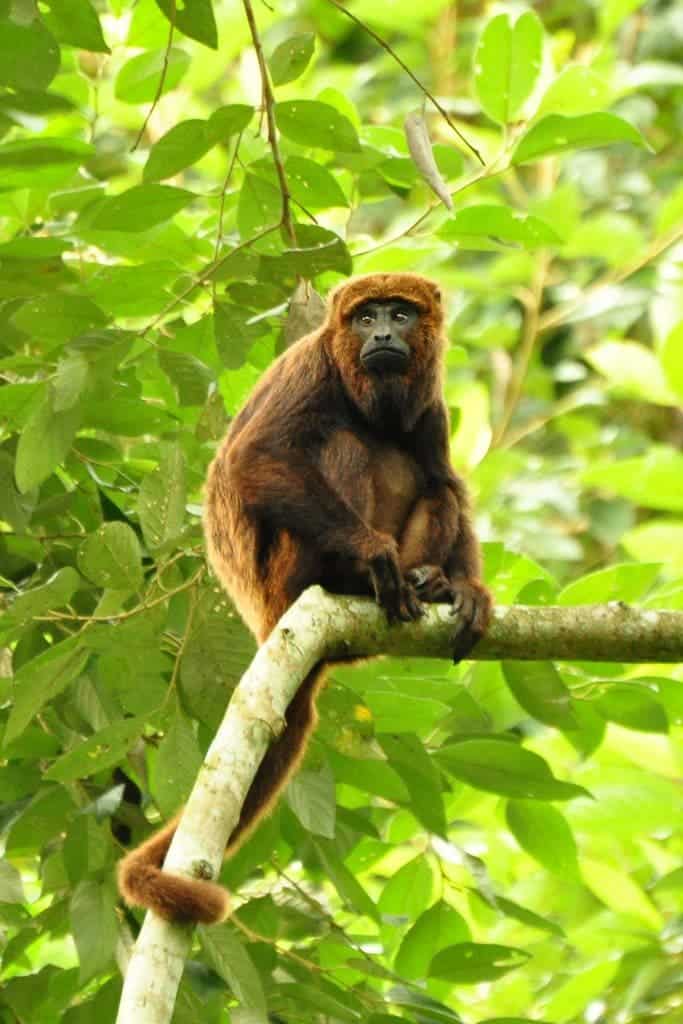It’s a long-held belief that loud mouths overcompensate for something, but in the case of howler monkeys, that’s more obvious than usual. A study has found that monkeys who scream the loudest also tend to have smaller testes and a shortage of sperm compared to their peers.

Howler monkeys are one of the few nest-building monkeys, and one of the loudest creatures in the animal kingdom. They generally live in groups of 6-12 individuals, with only a few males and many more females, in a harem kind of arrangement. Biological anthropologist Jacob Dunn and his team from Cambridge University wanted to see how the size of the monkey testicles plays into social arrangements, and how they correlate with their screams.
Specifically, the team calculated how loud monkeys scream depending on the size of their testicles.
“The results of our acoustic analyses show that howler monkeys produce roars at a similar frequency as tigers, which is far lower than we would have predicted from their body size, yet exactly what would be predicted from measuring their giant vocal folds’ which are three times bigger than in a human.”
They found that a monkey that weighs approximately 15 pounds (7 kg) can output screams that reach 128 decibels, also about as loud as the roar of a tiger.
As you’d expect, monkeys with smaller testicles scream louder, likely to compensate. There may actually be a correlation between the two:
“It may be that investment in developing a large vocal organ and roaring is so costly that there is simply not enough energy left to invest in testes. Alternatively, using a large vocal organ for roaring may be so effective at deterring rival males that there is no need to invest in large testes.”
Surprisingly, it actually works. Namely, males with small testes and loud screams are more likely to gather a large female following.
Journal Reference: Evolutionary Trade-Off between Vocal Tract and Testes Dimensions in Howler Monkeys




